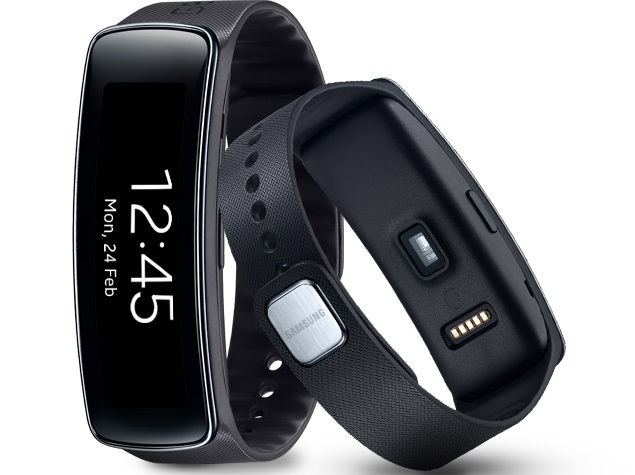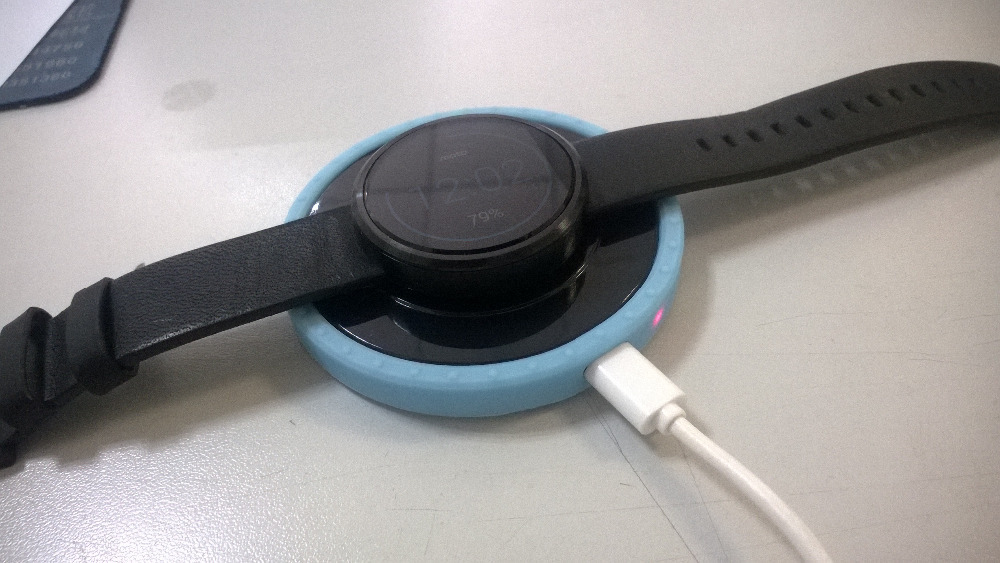Green tea is widely known for the various health benefits it provides to the user. But have you ever thought that green tea can power wearable devices? Yes, you read it right. A team of researchers has utilized green tea components to make a novel supple and compacted rechargeable energy storage tool that can be used to power comfortable wearable electronics, including the heart rate monitors.
At present, the majority of famous editions of wearable devices are put up for sale as sports bands or smartwatches. The researchers believe that more products that are comfortable can be made accessible in softer materials that are prepared from unexpected components such as a green tea. One of the prominent challenges faced by the available soft wearable devices is the availability of a long-lasting source of energy.

Nevertheless, most of the supercapacitors designed so far are rigid and face some obstructions. Kothandam Krishnamoorthy, CSIR-Network of Institutes for Solar Energy, said, “Our aim is to manufacture wearable electronic devices. Compressible energy storage tools are the step forward to attain that goal.”
Supercapacitors are usually manufactured with carbon-coated polymer sponges; however, the coating substance is likely to heap and compromise the functioning of the device. TO overcome this, the team wanted to try a new approach. For this, the researchers made polymer gels in green tea extract that fills the gel with polyphenols.

The silver nitrate solution was transformed by the polyphenols into a homogeneous covering of silver nanoparticles. Then it was applied with slender layers of conducting poly (3,4-ethylenedioxythiophene) and gold. The resultant supercapacitor illustrated energy and power densities of 22 W⋅h/kg and 2,715 W/kg, which are adequate to operate LEDs, a Bluetooth module, or a heart rate monitor.
Hence, this new method can give a new insight for powering the electronic devices. This is an out-of-box and reliable method. Isn’t it?
